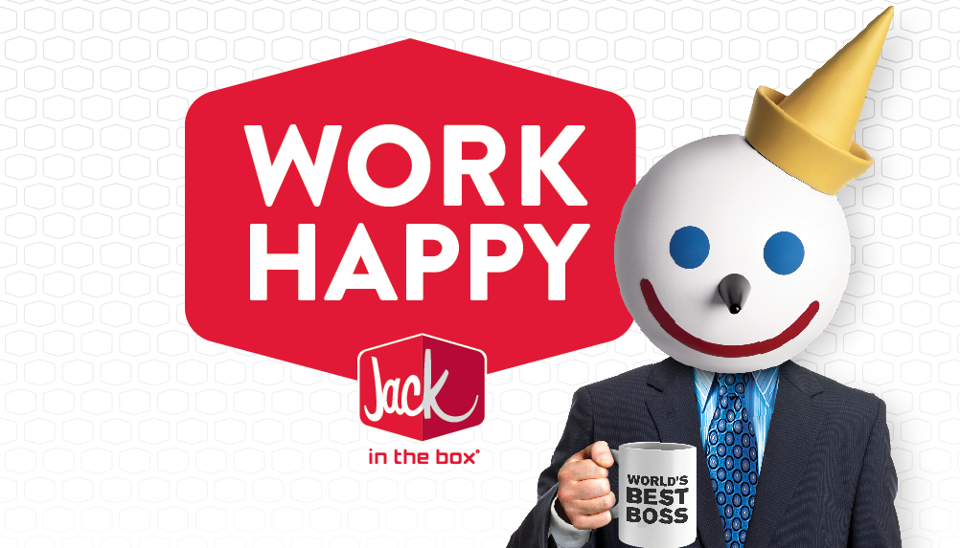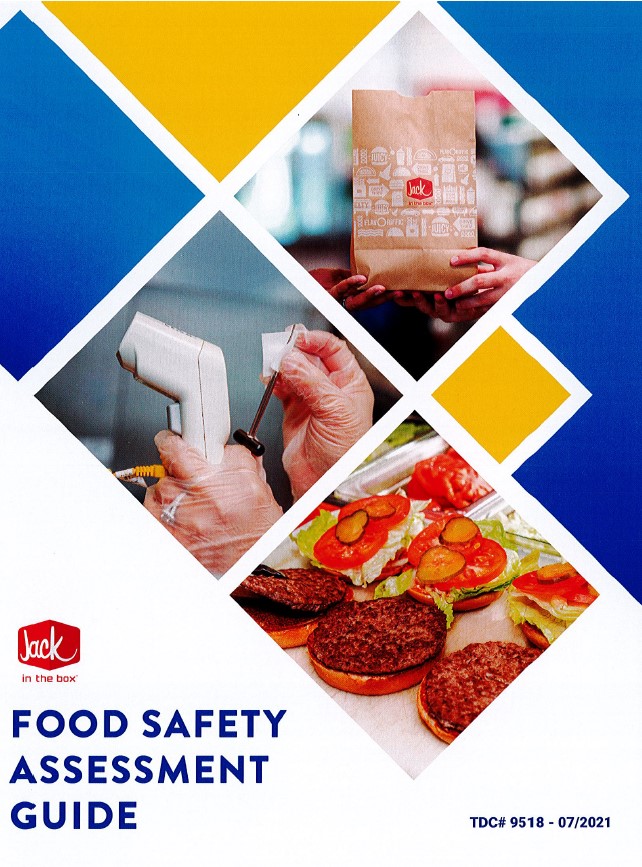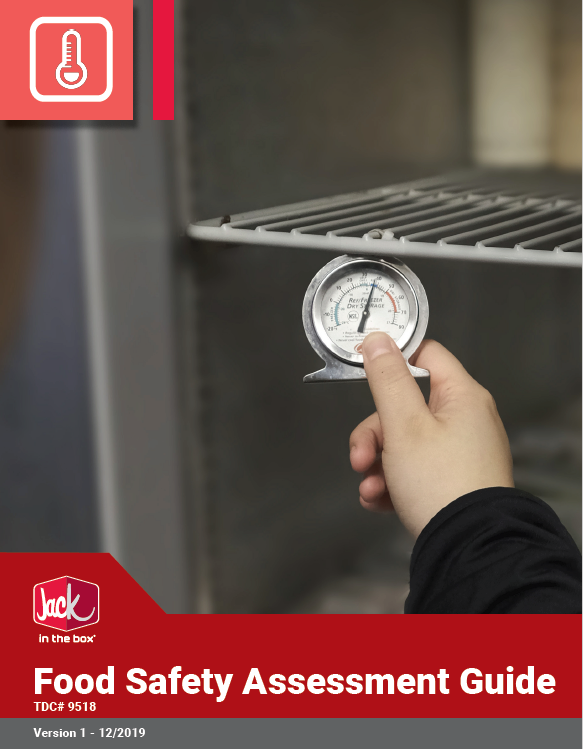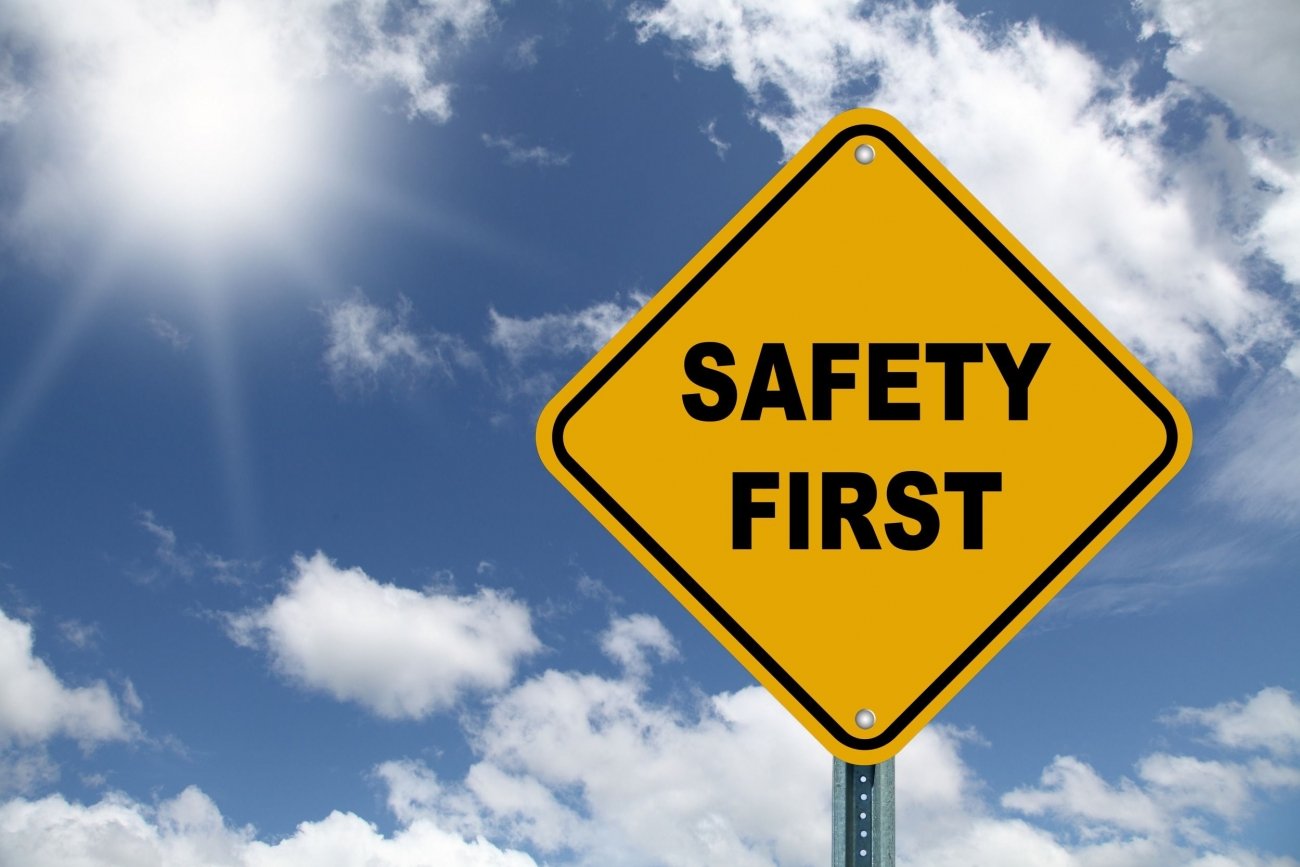Title Page
-
RESTAURANT FOOD SAFETY AUDIT
-
Restaurant Number and Location
-
Conducted on
-
Prepared by
-
Person In Charge
-
NOTE:
1 Critical = Fail
3 Majors = 1 Critical = Fail
2 Minors = 1 Major
6 Minors = 3 Majors = 1 Critical = Fail
CROSS CONTAMINATION
-
1. No bare or gloved hands to touch raw hamburger. (Meat Tongs Only)<br><br>
-
2. Employee does not use meat tongs (hamburger tongs) to handle cooked ready-to-eat (RTE) product.
-
3. No bare or gloved hands are used to touch raw fish.
-
4. Raw food does not cross-contaminate RTE food or packaging.
-
5. Chemicals do not cross-contaminate food, packaging, or tray liners.
-
6. Meat tongs and sear tools are stored correctly and in separate pans. Tools are changed every four (4) hours at minimum as required by the Food Code.
-
7. Where allowed, the JIB raw egg handling procedure is correctly followed after cracking raw shell eggs.
-
8. No raw food is stored above or behind RTE food or packaging.
-
11. Spatulas, cutting boards, and knives are used appropriately as identified in the IPP Manual. Tools are washed, rinsed, sanitized and air-dried properly.
-
9. No chemicals are stored above any food or packaging.
-
10. Rings with stones, artificial fingernails, nails with nail polish or jewelry are covered by gloves. If any of these items are worn by management and/or Guest Service employees, they must be covered by gloves when handling food.
-
12. Iced tea liner at the self-serve station secured with a zip tie and the white tube is trimmed. Securing the liner with a knot is an acceptable alternative.
TEMPERATURE CONTROL AND FSC KNOWLEDGE
-
14. Auditor performs a Food Safety Checklist (FSC) review.<br>*Review 5 days previous to today's FSC document. Items marked NIU do not require further documentation. Writing NIU or Not In Use is an acceptable designation if no NIU is on the form.<br><br>1 missing item (checkmark or temperature) is a MINOR, 2 or more is a MAJOR
-
15. Person in Charge (PIC) can independently and without coaching demonstrate the correct procedure to take temperature of food and equipment.
-
16. Flat Grill:<br>≥325°F (350 +/- 25)<br>Taylor Clamshell Grill: <br>≥285°F (300 +/- 15) SURFACE<br>≥410°F (425 +/- 15) TOP PLATEN TEFLON<br>
-
17. Storage Refrigerator: ≤ 41°F
-
18. POU Grill Refrigerator ≤ 41°F
-
19. Guest Service Refrigerator ≤ 41°F
-
20. POU Fryer Refrigerator ≤ 41°F
-
21. Regular Patty ≥155°F
-
22. Jumbo Patty ≥155°F
-
23. Shake Mix ≤ 41°F
-
24. Natural Cheese on Condiment Rail ≤ 41°F
-
25. Rice ≥135°F
FINAL FLIP VISUAL CHECK
-
26. Final flip and visual check on all raw hamburger patties are performed correctly and consistently (no pink or red meat); juices must be clear before patty is removed from the grill.
-
27. Raw eggs are cooked thoroughly and visually checked (yolks are solid, not runny).
EMPLOYEE HEALTH AND HYGEINE
-
28. No employees are ill (nauseous, vomiting, diarrhea or jaundice).
-
29. Wounds are bandaged with a blue bandage, and covered with a foodhandler glove.
QUALITY OF HAND WASHING
-
30. Hands must be washed only at the hand wash sink(s) using soap.
-
31. Hands are washed in running hot water. Hot water is available within 30 seconds.
WHEN TO WASH HANDS
-
32. After using the restroom, wash hands twice (in the restroom, and again upon entering the kitchen).
-
33. At the beginning of their shift and after returning from their break.
-
34. After touching human body parts, i.e. face, head, or hair.
-
35. After coughing, sneezing on hands, using a handkerchief or disposable tissue, or after using tobacco, eating, or drinking.
-
36. After conducting a cleaning activity, handling dirty equipment, utensil or surface, touching a trash can or picking up any dropped food or item from the floor.
-
37. Before handling food and during food preparation as often as necessary to remove soil, and to prevent cross-contamination.
-
38. Before putting on or changing FOOD HANDLER gloves.
HOURLY HAND WASH MANAGEMENT
-
39. All employees including management inside the restaurant involved in food handling or preparation, ingredients prep, guest service and dishwashing wash their hands within 15 minutes of the timer going off.
-
40. The timer is always running and reset when it goes off.
GENERAL RISK ASSESSMENT
-
41. The restaurant is free of any imminent health hazard while operating. (Sewage/standing water present on floors; active fire observed; water unavailable; power is off; rodent/roach infestation; mop sink overflows due to backup and contaminates floor)
-
42. The restaurant is free of any general health hazard while operating. (No hot water; flies/ants/moths/crickets present on food or food contact surfaces)
-
43. Quat sanitizer strength in buckets is at the correct strength (150-400 ppm).
-
44. There is one management employee assigned to the restaurant with a current/valid Food Safety Certification from an approved, licensed provider (Check on site certification).
EMPLOYEE KNOWLEDGE CHECK
-
45. Why is it important to perform a final flip and visual check on all hamburger patties?<br>Please type employee response in notes.
-
46. Restaurant is following and completing the Weekly Dial Thermometer calibration printed on the last page of the Food Safety Checklist book.
-
47. The POS system is properly and fully used to record transactions and prepare food.
-
48. Time as a Public Health Control (TPH) procedure are correctly followed for TPH foods.
-
49. Team Lead knows the location of the Bodily Fluid Kit.
-
50. What tools need to be rotated every four hours and why?<br>Please type employee response in notes.
-
51. Name two situations when the restaurant should be closed.<br>Please type employee response in notes.
ADDITIONAL COMMENTS











